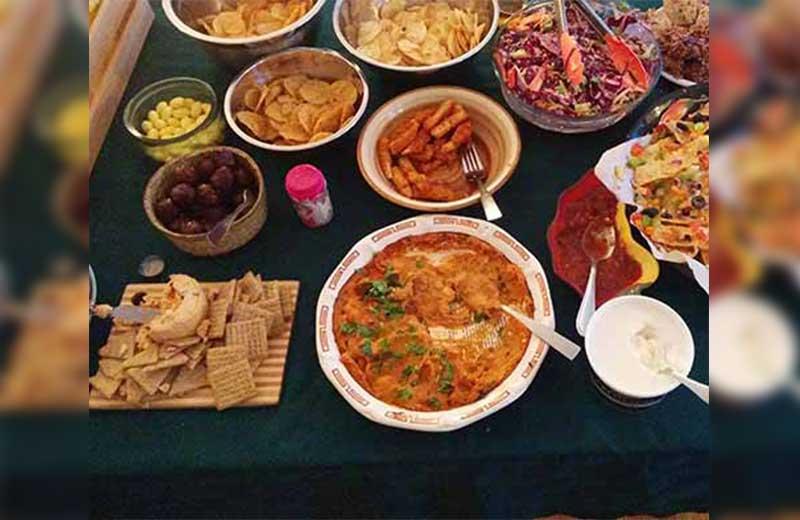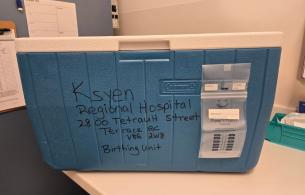With Easter just around the corner, many people are preparing to gather family and friends for a feast around the table. Potlucks are a popular idea for get-togethers, helping to take some of the burden off of the host. Take steps to make sure that your potluck isn't just fun, but healthy and safe, too!
Keeping food safe, particularly food prepared at home and brought to another location, is very important in reducing the risk of food-borne illness outbreaks.
Most cases of food-borne illness start in home kitchens not because of the food but because of how the food is prepared. The familiar symptoms many people attribute to "stomach flu" such as nausea, vomiting, diarrhea, cramps, fever, headache and muscle pain may not be the flu but rather food-borne illness. For some people – the very old, the very young, pregnant women and those who have a chronic illness – a food-borne illness can be life threatening.
Potluck meals bring with them the potential for food handling errors that should be avoided. Some of the more common errors include leaving perishable food at room temperature for too long (longer than 2 hours), cooking large amounts of food ahead of time and cooling it improperly, or failing to keep hot foods hot and cold foods cold. Hot foods should be held at 60°C or above (above 140°F) and cold foods at 4°C or below (40°F).
Here's what you should think about before you decide what to bring to your next potluck:
- If the item is perishable, will you be able to keep it cold or hot until it is served?
- Will you be able to heat the food or keep it warm once you arrive at the event?
- Will there be refrigeration available at the event so foods can be kept cold?
If there are leftovers, or in the event that dishes are prepared in advance of the event, ensure that they are cooled in a timely fashion. Proper cooling requires bringing the food from 60°C to 20°C within two hours and from 20°C to 4°C within four hours. Large dishes can be separated into smaller dishes to expedite the process. When reheating leftovers, ensure they reach an adequate temperature of 74°C.
Here are four simple food safety rules to remember:
- Keep hot food hot (above 140°F).
- Keep cold food cold (below 40°F).
- Keep hands, work surfaces and utensils clean.
- Never leave perishable food out of the refrigerator for more than two hours.














Comments